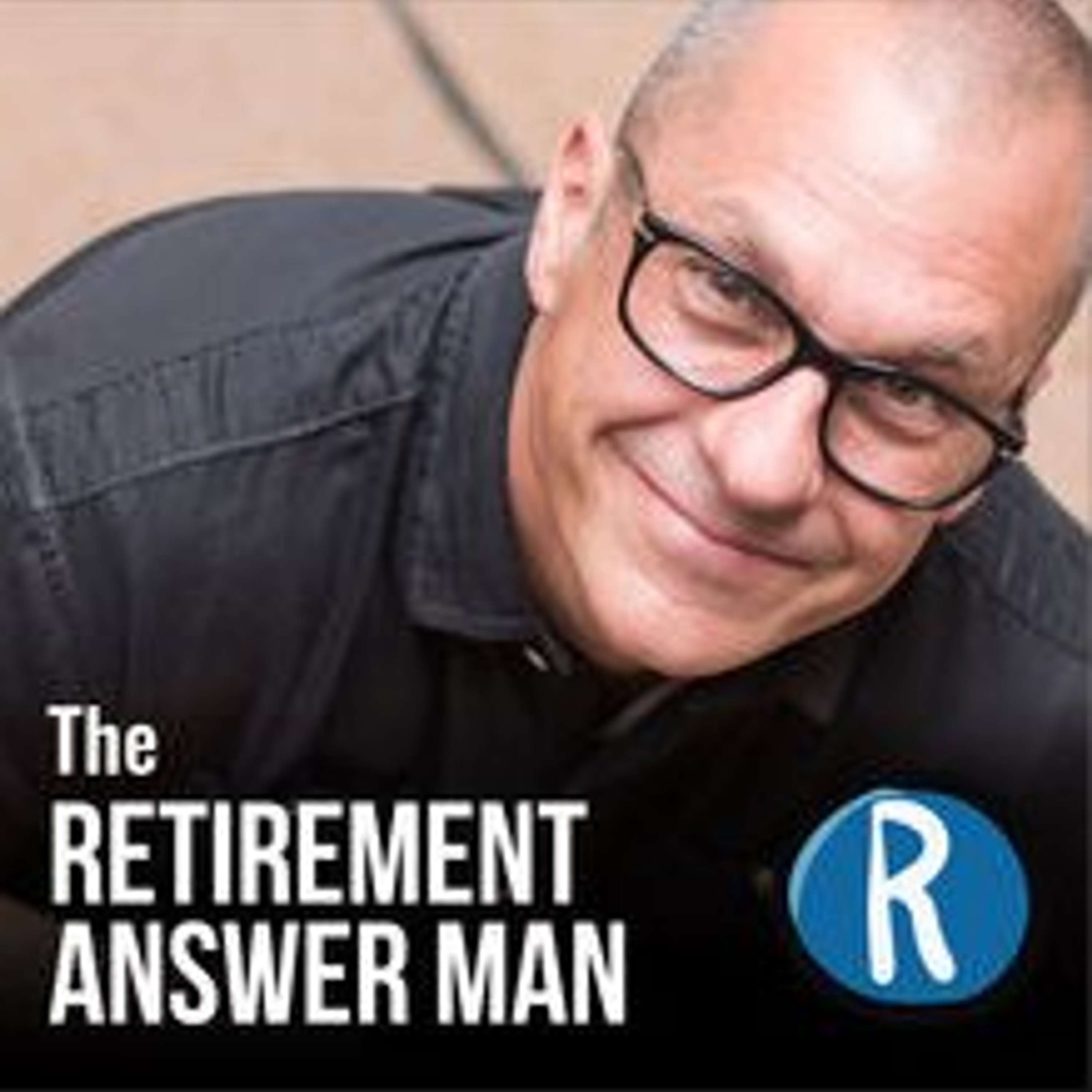
You’re Retired! How to Use Your Accounts: The Basics of IRAs, Roth IRAs, and 401Ks
 2019-04-03
2019-04-03
You have been saving into your IRA’s, Roth IRA’s and 401K’s for years. But once you retire how should you get money out of them? Over the next few episodes, we are going to dive into your different retirement accounts so that you can fully understand them. It’s important to understand the difference between these accounts so that you can create a withdrawal strategy to minimize the tax implications. Are you ready to learn about the different types of retirement accounts so that you can rock retirement? Listen in to this episode of Retirement Answer Man, to hear the basics of IRA’s, Roth IRA’s, and 401K’s so that you can understand how to create a sound withdrawal strategy.
To click, or not to click?The secret your financial advisor doesn’t want you to know. . . With all the uncertainty in the current markets. . . Massive returns with no risk at all. . . Do these sound like headlines you’ve seen on the internet? We are all looking for the secrets to investing. Although we are all looking for the best return on our investment and we understand that there is no such thing as no risk, it can be hard not to click just to see what they are talking about. There must be some secret to what the rich are doing, right? But once you click on these ads you are put into a hard push sales cycle. If you see these catchphrases, run in the other direction.
What are the basics of IRA’s?You’ve been contributing to an IRA for years, but what is it exactly? When you make a contribution to an IRA you can deduct it from your taxes. This money is tax-free when you put it in the account. It grows in the tax-deferred account for decades. At age 59 ½ you can take the money out, either a little bit at a time or all at once. This is when you will pay the taxes on the money. This type of account works well because you are usually in a much lower tax bracket once you retire. But the taxes can be tricky if you have been a great saver. The IRS wants you to take the money out eventually so that they can tax it. This is why they have a Required Minimum Distribution at age 70 ½. The Required Minimum Distribution is a certain percentage that you are required to take out of the IRA each year. And each year the percentage goes up. So if you are overfunded the RMD can be a tricky tax issue.
What is the difference between Roth IRA’s and IRA’s?With an IRA you get the tax benefit when you put money into the account, with a Roth IRA you have already paid taxes on the money. The beauty of the Roth is that all the growth that the money earns in the account over time does not get taxed. It’s a great deal.
Before you take money out of the Roth IRA it’s important to understand the 5-year rule. The 5-year rule states that 5 years must have passed since the tax year that you have made your first contribution before you can withdraw any earnings from the account tax-free. If you don’t follow the rule and you are under 59 ½ then not only is the growth taxable, but you have a 10% penalty as well. Another important difference to understand about the Roth IRA vs. the IRA is that there is no Required Minimum Distribution.
What is a 401K?A 401K is an employer savings plan. Again you must be 59 ½ to withdraw from your 401K without a penalty. You can roll it over or transfer it into an IRA. You may want to look into starting a post-tax Roth 401K. These are bound by the same 5-year rule as the Roth IRA. Listen to this episode to learn more about the rules surrounding 401K’s, Roth IRA’s and traditional IRA’s.
OUTLINE OF THIS EPISODE OF THE RETIREMENT ANSWER MAN HOT TOPIC SEGMENT- [3:46] Should you click on that ad?
- [12:08] What are the basics of IRA’s?
- [17:46] What’s so great about Roth IRA’s?
- [21:15] Understanding the 401K
- [25:35] What are your spring vacation plans?
- [27:40] Get your tax papers to your CPA now
Retirement Starts Today with Benjamin Brandt
Mark Lehman 228Main.com
Wealth Care for Women
Money for the Rest of Us
Rock Retirement Club
Roger’s YouTube Channel - Roger That
BOOK - Rock Retirement by Roger Whitney
Work with Roger
Roger’s Retirement Learning Center
The Retirement Answer Man Facebook Page
More Episodes
 2019-12-25
2019-12-25
 2019-12-11
2019-12-11
 2019-10-23
2019-10-23
Create your
podcast in
minutes
- Full-featured podcast site
- Unlimited storage and bandwidth
- Comprehensive podcast stats
- Distribute to Apple Podcasts, Spotify, and more
- Make money with your podcast
It is Free
- Privacy Policy
- Cookie Policy
- Terms of Use
- Consent Preferences
- Copyright © 2015-2024 Podbean.com





